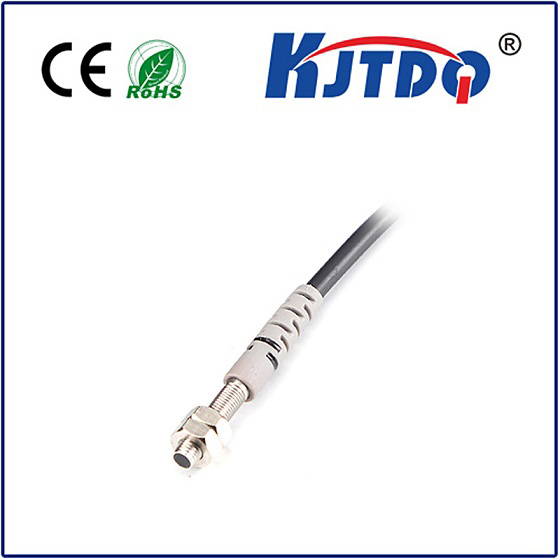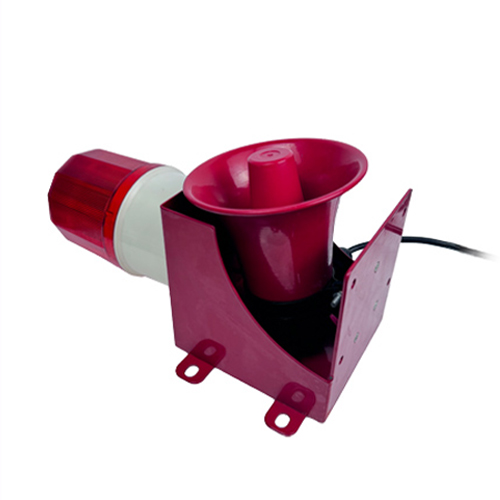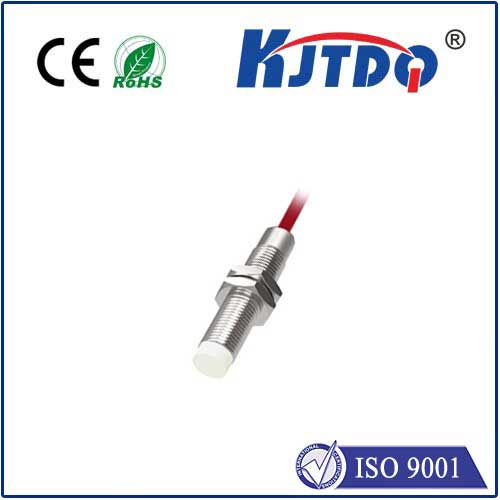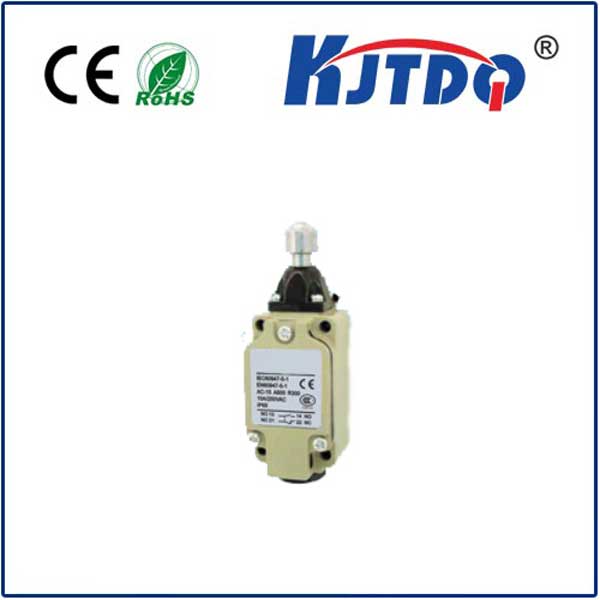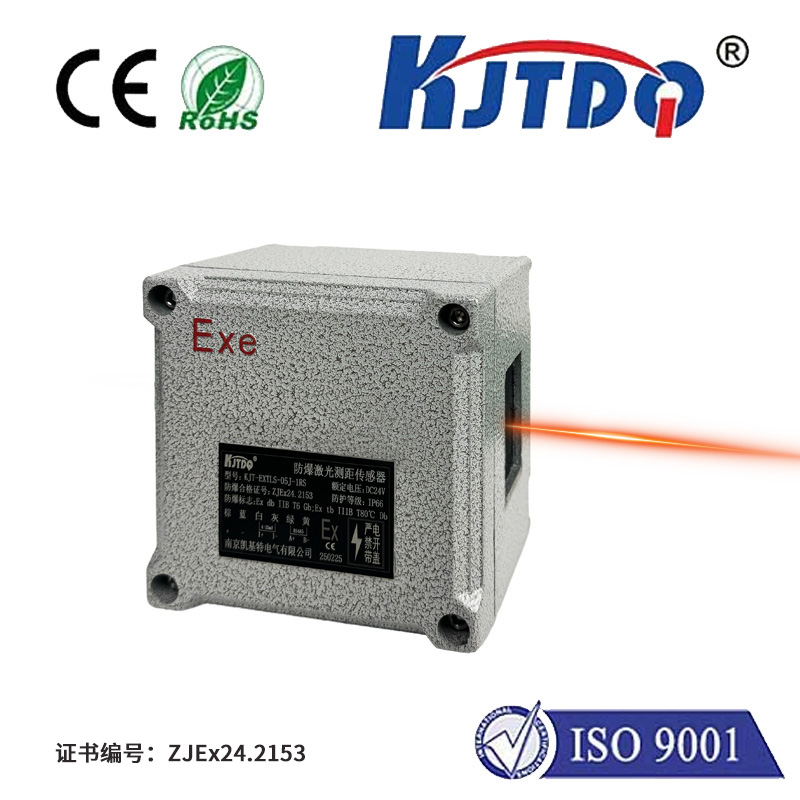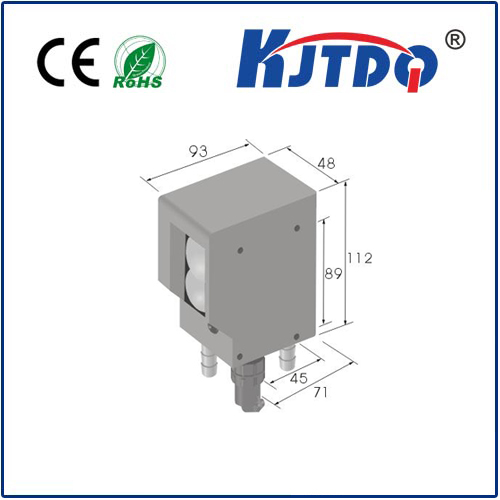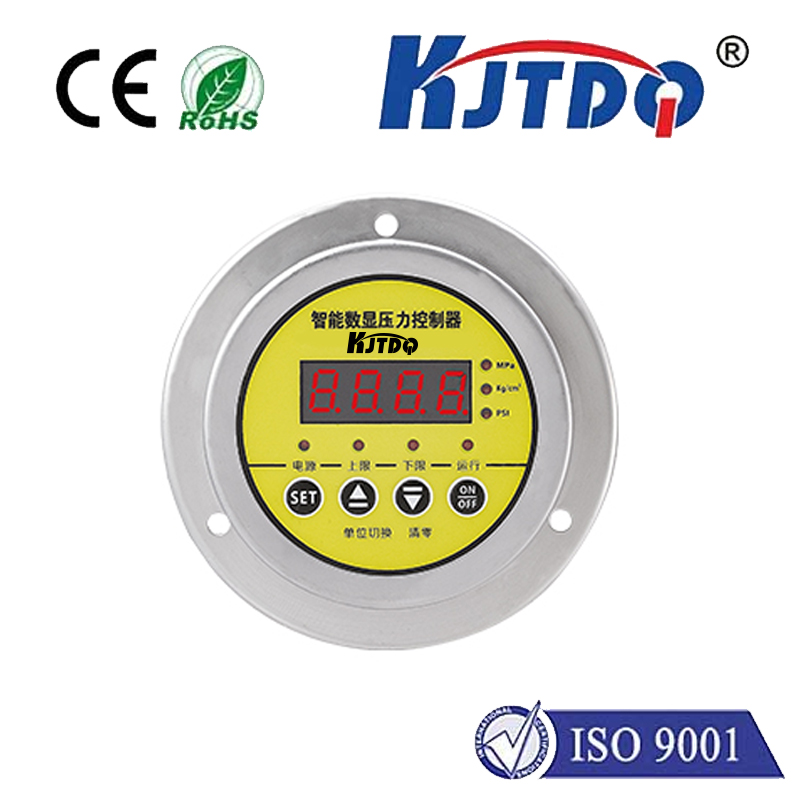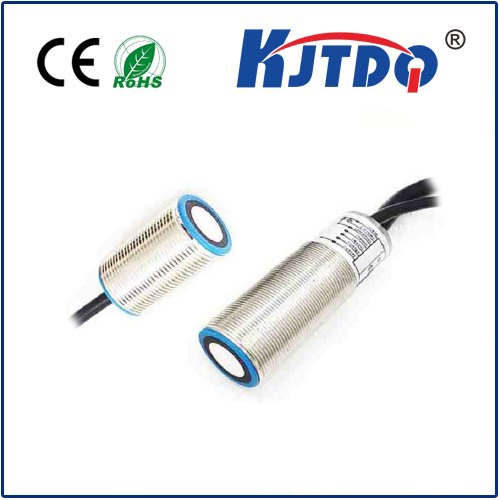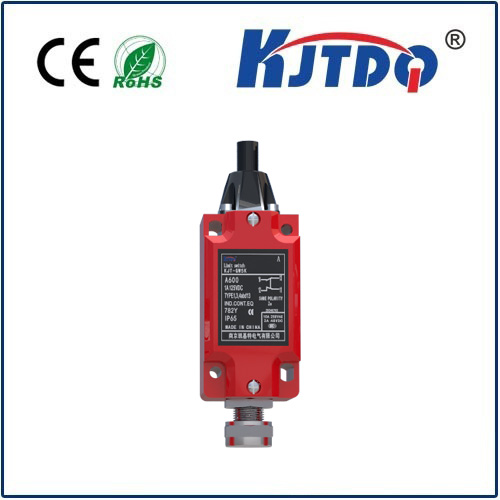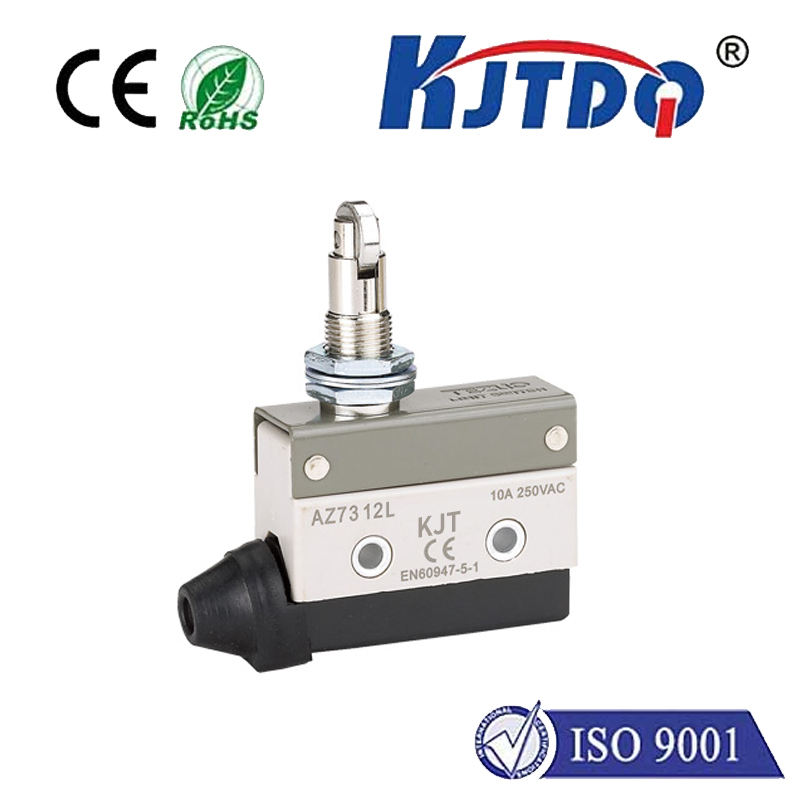

check

check

check

check

check

check

check

check

check

check
Introduction:
In recent years, environmental monitoring has become an essential aspect of protecting our planet and ensuring public health. The use of proximity transducer systems has revolutionized the way we gather data on various environmental parameters, such as air quality, temperature, humidity, and sound levels. This advanced sensor technology provides accurate and timely information for decision-makers, scientists, and the general public alike.
Section 1: What are Proximity Transducer Systems?
Proximity transducer systems are electronic devices that measure physical distances between two points in space. They work by converting electrical signals into a tangible distance or magnitude. These systems can be used in various applications, including industrial automation, robotics, automotive safety, and environmental monitoring. By detecting and measuring changes in pressure, temperature, and other physical quantities, proximity transducer systems provide valuable insights into complex systems and processes.
Section 2: Benefits of Proximity Transducer Systems
The use of proximity transducer systems offers several benefits over traditional sensors and methods. Some of the key advantages include:
1. High accuracy and precision: Proximity transducer systems can measure very small distances with high accuracy and consistency. This makes them ideal for applications where precise measurements are critical, such as environmental monitoring or industrial process control.
2. Real-time monitoring: With proximity transducer systems, data can be collected in real-time, providing immediate feedback on environmental conditions or system performance. This enables users to make informed decisions quickly and respond to changes as they occur.
3. Cost-effectiveness: Proximity transducer systems are relatively inexpensive compared to other types of sensors and monitoring equipment. They require minimal maintenance and have a long lifespan, making them a cost-effective solution for long-term environmental monitoring and management.
4. Compact design: Many proximity transducer systems are designed to be compact and lightweight, making them easy to install and transport. This versatility allows them to be used in a wide range of environments and situations.
Section 3: Applications of Proximity Transducer Systems in Environmental Monitoring
Proximity transducer systems have numerous applications in environmental monitoring, including:
1. Air quality monitoring: Proximity transducer systems can be used to measure particulate matter, gas emissions, and odor concentrations in indoor and outdoor settings. This data can be used to assess air quality and identify potential sources of pollution.
2. Weather forecasting: By measuring temperature, humidity, wind speed, and direction, proximity transducer systems can provide valuable data for weather forecasting and weather-related applications. This information can be used to improve emergency response plans, predict natural disasters, and optimize agriculture practices.
3. Noise pollution monitoring: Proximity transducer systems can be used to detect noise levels in urban areas and evaluate the impact of noise on human health and behavior. This information is essential for developing effective noise management strategies and promoting sustainable urban development.
4. Wildlife habitat assessment: By measuring animal activity, proximity transducer systems can help researchers understand wildlife behavior patterns and migration routes. This data can be used to inform conservation efforts and protect endangered species from harm.
Conclusion:
In conclusion, proximity transducer systems have transformed the field of environmental monitoring by providing accurate, real-time data on various parameters. Their compact design, high accuracy, and cost-effectiveness make them an attractive choice for a wide range of applications
